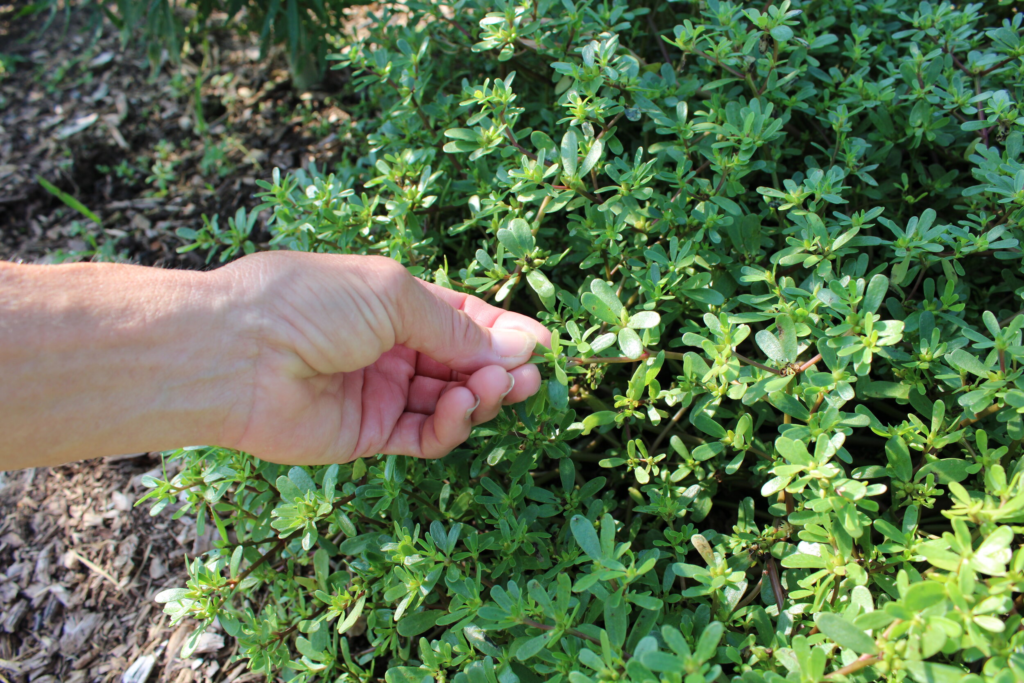Purslane, often dismissed as a mere weed, is actually a hidden gem thriving between the rows of your cultivated plants. If you’ve been pulling out purslane as part of your weeding routine, you might want to reconsider. This resilient, low-growing plant is more than just an invasive weed; it offers a plethora of benefits ranging from nutritional value to medicinal properties.
Here are eight compelling reasons why you should let purslane grow in your garden:

- Exceptional Nutritional Value: Purslane is one of the few plants that contains a high level of omega-3 fatty acids, which are essential for heart health and anti-inflammatory properties. Additionally, it’s rich in vitamins A, C, and E, as well as dietary minerals such as magnesium, calcium, potassium, and iron.
- Edible and Tasty: With a slightly sour and salty taste, purslane can be a delicious addition to salads, soups, and even sandwiches. Its crunchy texture makes it a pleasant addition to various dishes, enhancing flavors and adding a nutritional boost.
- Medicinal Benefits: Historically, purslane has been used in traditional medicine to treat a variety of ailments, including headaches, stomachaches, and urinary infections. Its high content of omega-3s and antioxidants also supports its use in promoting overall health and wellness.
- Drought Tolerance: Purslane is incredibly drought-tolerant, thriving in dry, arid environments where other plants might struggle. This makes it an excellent choice for sustainable gardening, as it requires very little water compared to typical garden crops.
- Soil Health: Purslane’s deep root system helps in breaking up compacted soils, which can improve soil aeration and water penetration. Additionally, when left to decompose in the soil, it contributes to the organic matter, enriching the soil.
- Low Maintenance: Since purslane is a hardy weed, it requires almost no care. It resists pests naturally and grows easily without the need for fertilizers or pesticides, making it a perfect plant for organic gardening.
- Attracts Pollinators: Although purslane flowers are small, they are attractive to beneficial pollinators like bees and butterflies. Having purslane in your garden can help increase the health and productivity of your other plants by enhancing pollination.
- Ground Cover: Purslane grows close to the ground and spreads quickly, forming a living mulch that helps suppress other weeds. This natural cover also helps retain soil moisture and prevent erosion, contributing further to the health of your garden’s ecosystem.
Before you consider pulling out purslane from your garden, think about these benefits. This “weed” not only offers nutritional and medicinal properties but also contributes to the ecological health of your garden. By allowing purslane to grow, you might find that it’s not just tolerable but actually desirable as a part of your diverse garden ecosystem. Embrace purslane and enjoy the benefits it brings to both your table and your garden.

